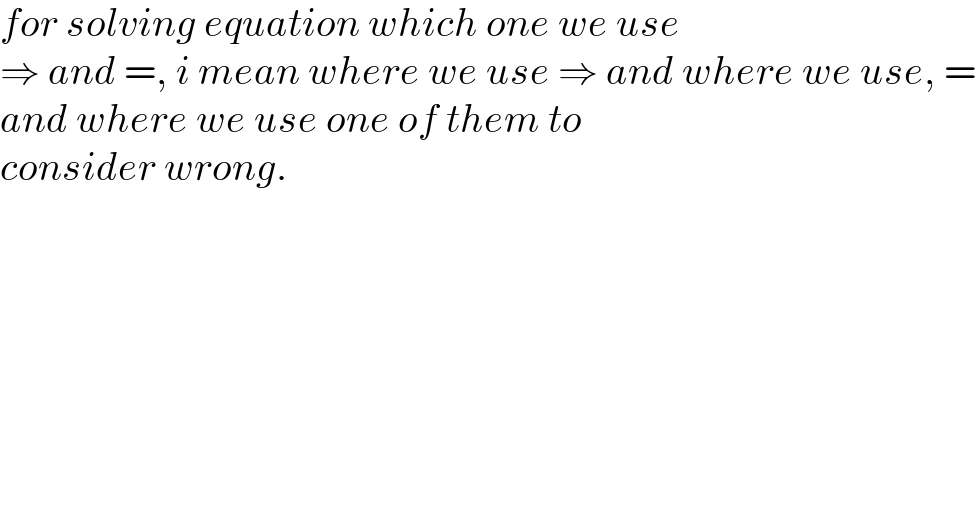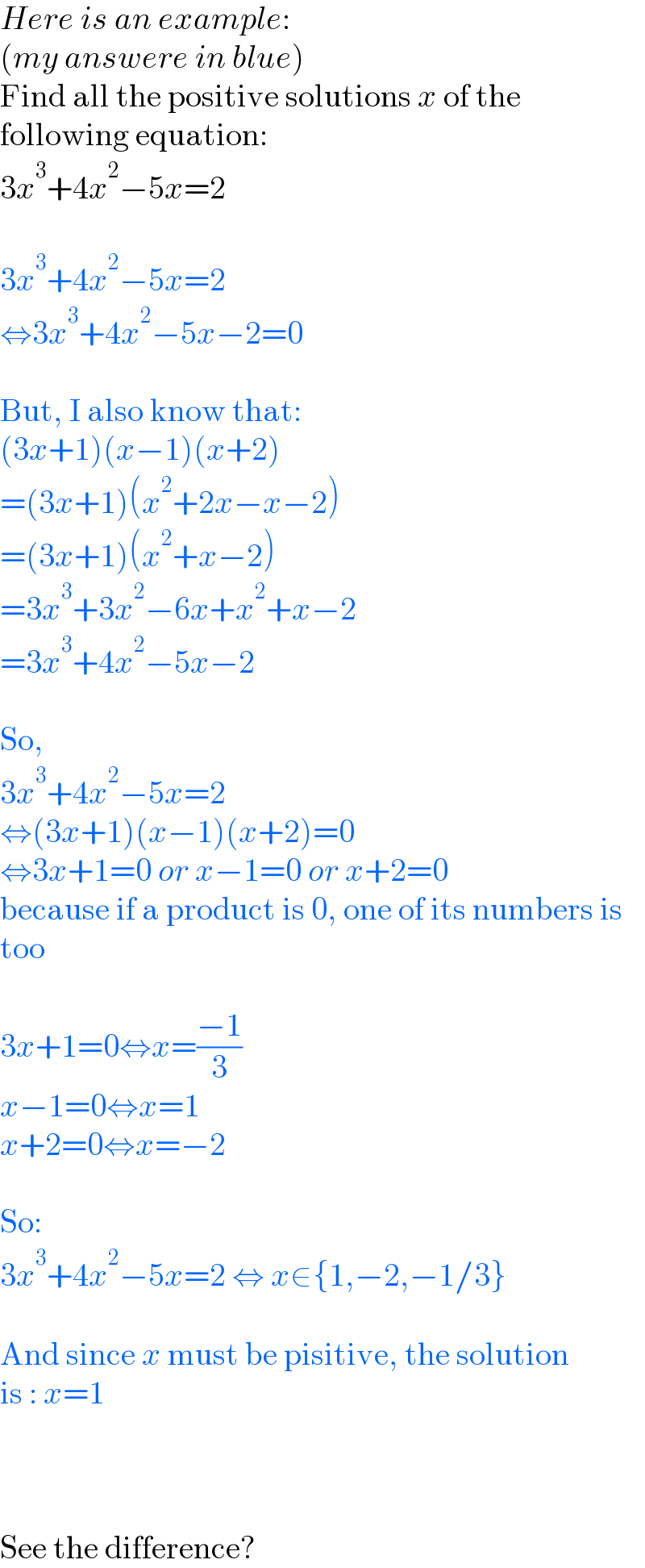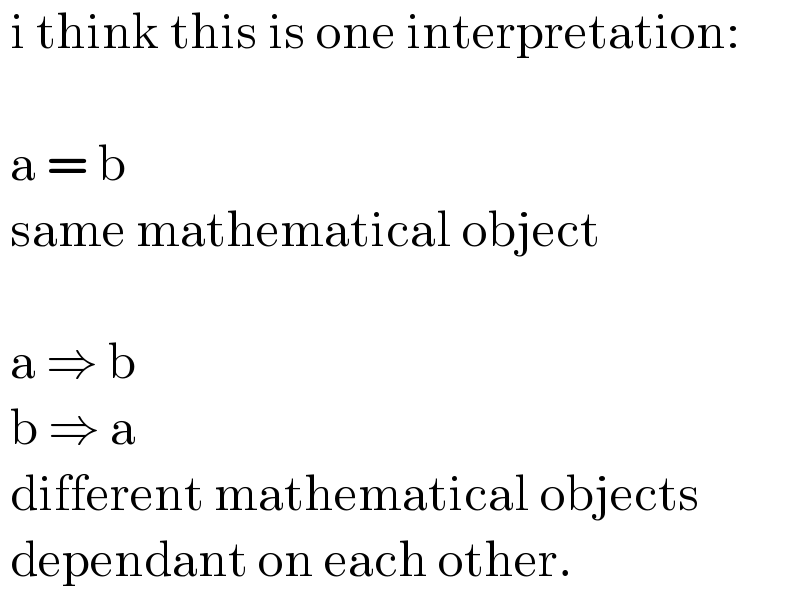
Question and Answers Forum
Question Number 157272 by zakirullah last updated on 21/Oct/21

Answered by TheHoneyCat last updated on 21/Oct/21

Commented by TheHoneyCat last updated on 21/Oct/21

Commented by zakirullah last updated on 21/Oct/21

Answered by talminator2856791 last updated on 22/Oct/21

